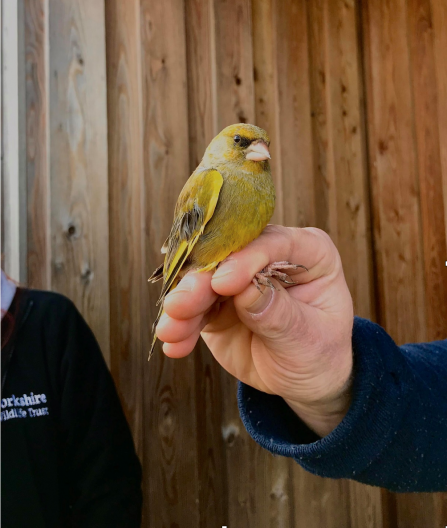It’s before dawn on a summer’s morning. The sky has only the faintest hint of red in the east, and it’s still crisply cold. I cycle from my home village in Hertfordshire down into the Gade Valley along deserted roads.
My destination is a small nature reserve called Gadespring and it is here that my trainer and I will set up a fine-mesh net (known as a mist-net) to catch birds as they start to become active.
Although this might sound macabre, our intentions are anything but: we are bird-ringers, gathering crucial data to inform conservation and ecological studies.
The first bird-ringers
The British Trust for Ornithology (BTO) ringing scheme is one of the world’s longest-running ecological surveys, having existed for over a century.
It was initially set up to help us understand the behaviour of migratory birds. For example, the same swallows ringed in Britain during the summer were picked up spending the winter in South Africa, revealing a remarkable long-distance migration route.
It might seem obvious to us now that such migrations occur, but back then, it was a major breakthrough in understanding. Bird-ringing was the first way of being able to confirm the movements of birds, and refute opposing theories such as the bizarre idea that swallows overwintered in Britain at the bottom of ponds!
How does it work?
Bird-ringing involves catching birds, securing a small metal ring around one of their legs, and ideally recording the bird’s species, age, sex, wing length and weight. Rings have a reference code inscribed on them that allows that particular bird to be uniquely identified if it is caught again in the future.
Rings are lightweight and harmless, akin to a human wearing a watch.
Bird-ringing techniques have been carefully designed to minimise harm, although trapping and handling birds inevitably causes a small amount of stress to the birds. Many studies have shown that ringed and handled birds very quickly return to what they were doing previously, whether that’s sitting on eggs, feeding chicks or migrating.
Bird-ringers must train alongside experienced professionals for hundreds of hours in order to ensure they are trapping and handling birds with the utmost care and minimal disturbance.
The disturbance to the birds is justified in the huge wealth of data gathered as a result. This data is absolutely invaluable in helping us to protect our bird populations.

